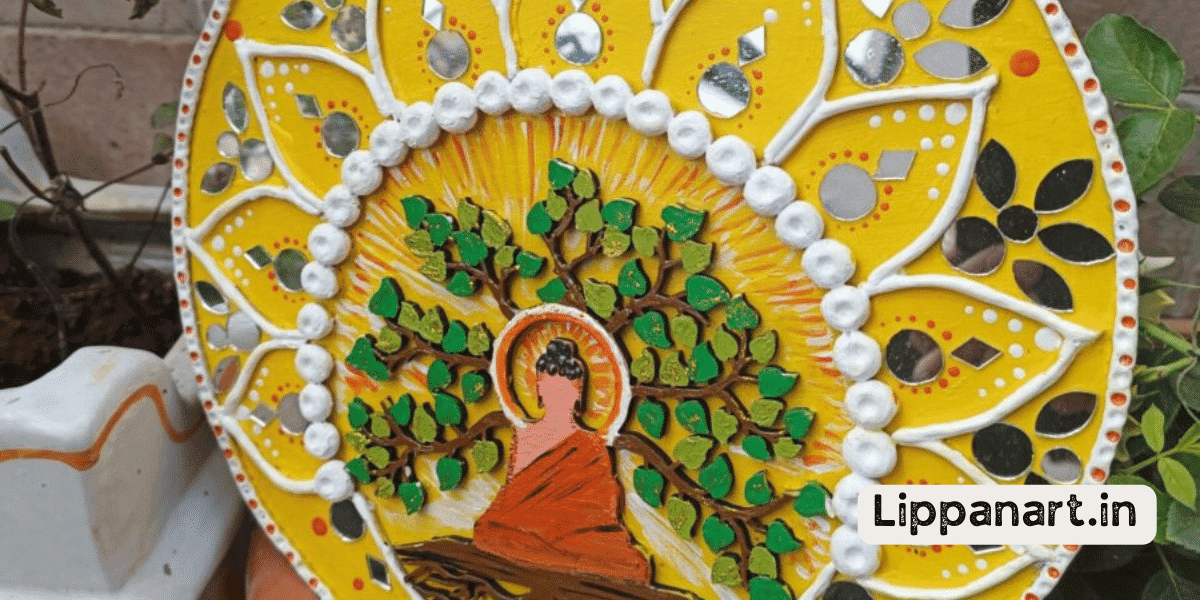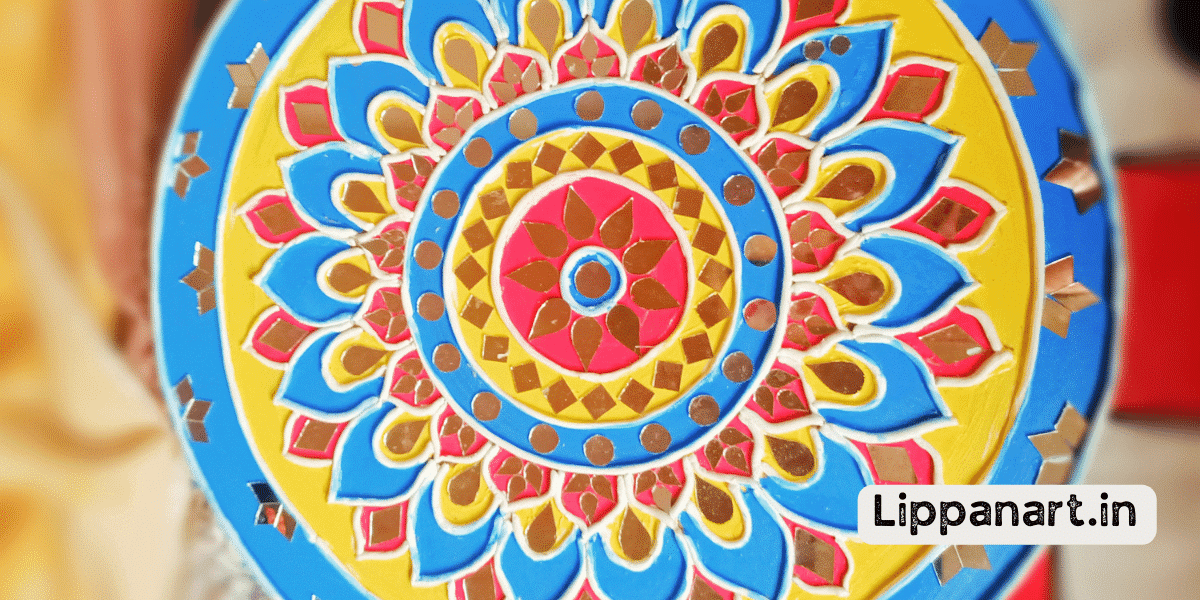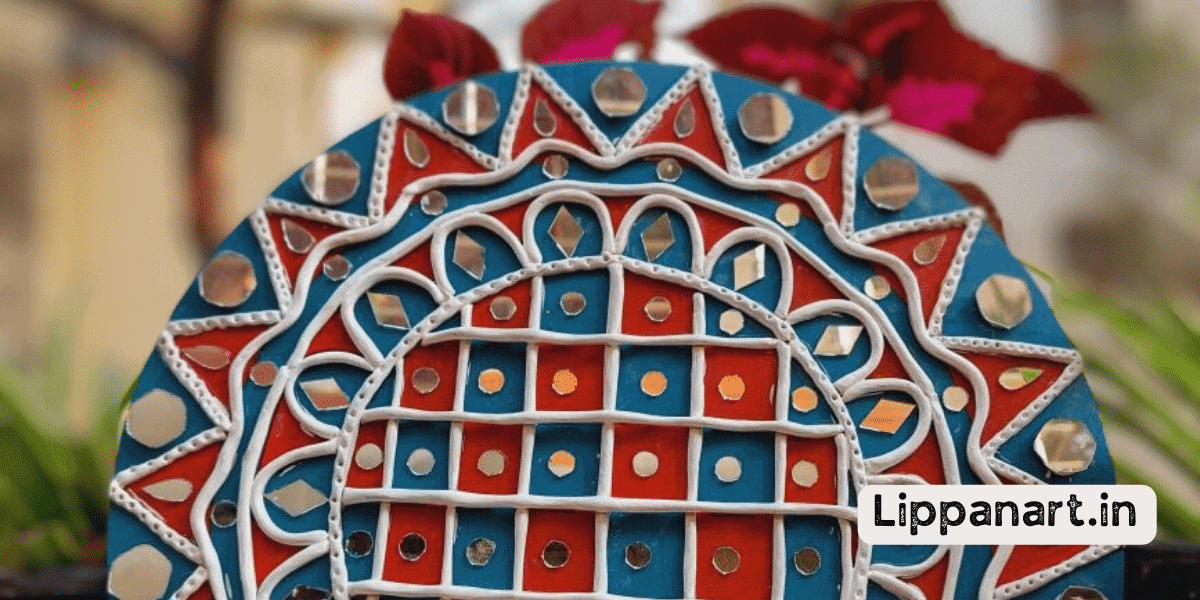Immerse yourself in the art of thin dipping and create a masterpiece of colour and texture! This technique lets you layer paint and create a base coat with an exciting, contemporary look.
With just a few easy steps and quality materials, you can create a stunning design that will impress any room.
Explore the possibilities of thin dipping and create a unique work of art!
Key Takeaways
- Thin dipping is a technique where a brush and thinned paint are used to apply a light layer of paint to a canvas.
- Proper preparation is essential for thin dipping, including mixing the paint to the correct consistency, using the proper thinning techniques, and allowing sufficient drying time for the base coat.
- Choosing the right brush and using proper stirring techniques are essential for achieving a smooth and even finish in thin dipping.
- Finishing and sealing the base coat is crucial for enhancing the colours and achieving a professional look, including choosing the right dyes, applying even smooth strokes, and using a quality sealant.
What Is Thin Dipping
Thin dipping is a painting technique that involves adding a base coat of paint to a canvas. This is done by using a brush to apply a thin layer of paint on the canvas surface and then dipping the brush in a pool of paint that has been thinned by using a solvent or water. To achieve a flawless foundation on the canvas, this method aids in creating a uniform and seamless base coat. Artists often use this method to create a smooth, even canvas finish and exciting colour combinations.
When thin dipping, selecting the right tools, such as quality paintbrushes and good-quality paint, is essential. Additionally, it’s important to consider the type of solvent or water used to thin the paint, as this will affect the finished result.
Finishing tips for thin dipping include avoiding over-working the paint and adding a light dusting of powder or glitter for extra texture. With the right tools, techniques, and finishing tips, thin dipping can create beautiful and unique base coats that will set the stage for an impressive artwork.
What Materials You’ll Need
To thin-dip a base coat in art, you’ll need a few materials:
- Mixing ratios to create the correct consistency for the paint
- Thinning techniques to achieve the desired result
- Drying time to ensure the paint fully cures
- Brush types for various applications
- Proper surface preparation is vital for good paint adhesion. Cleaning, sanding, and priming before applying the paint helps to achieve a smooth and durable finish.
Creating a successful thin dip base coat requires knowledge of art techniques, a skilled hand with tools, and the right materials. Mixing ratios should be closely followed to create a paint consistency that will be smooth and thick. Thinning techniques should be used to adjust the consistency further, and drying time should be monitored to ensure the base coat is fully cured.
Different brush types can be used for various applications, and surface preparation should be done before painting to ensure the paint adheres properly.
You can create a stunning thin dip base coat with suitable materials and skills for any art project.
Preparing the Base Coat for Thin Dipping
Before thin dipping, you’ll need to prepare the base coat for best results. To achieve the best outcome, you’ll need to pay attention to the water temperature, drying time, thinning technique, brush selection and stirring technique. Here’s a breakdown of the process:
| Step | Preparation |
|---|---|
| 1 | Choose a water temperature that is optimal for the type of paint you are using. |
| 2 | Consider the base coat’s drying time and ensure it is ready for thin dipping. |
| 3 | Select an appropriate thinning technique for the paint type and desired outcome. |
| 4 | Choose the correct brush for thin dipping based on the type of paint and desired outcome. |
| 5 | Use a stirring technique to mix the paint and water in such a way that will not affect the outcome. |
These steps ensure your base coat is prepared for thin dipping, giving you the best results. Being mindful of these details will give you the confidence to experiment with thin dipping and push your creativity to the next level.
Applying the Base Coat
Once the base coat is prepared, it’s time to apply it for your thin dipping project. Applying the base coat requires the right prepping tools, technique variations, and knowledge of the pros and cons. You can create a vibrant, professional finish with the right tools and techniques.
Here are some tips for applying the base coat:
- Use prepping tools to create a smooth surface to help the base coat adhere better.
- Experiment with different technique variations to see which works best for your project.
- When selecting a technique, weigh the pros and cons, including environmental impact, ease of use, and cost.
- Mix paints if needed to achieve the desired colour for your project.
- Monitor the drying process of the base coat to ensure a quality finish.
The key to a successful base coat is to find the right tools, technique, and balance for your project. You can achieve a stunning, professional finish that will last with the right combination.
- Editor’s Choice
- Best Seller
- Amazon Choice
Finishing the Base Coat
After prepping the surface and applying the base coat, it’s time to finish it off for a vibrant, professional finish.
When thinning a base coat, you must choose the right dyes and be prepared to use the best brush technique. Achieving the perfect thinning consistency can take some trial and error. You’ll need to consider the drying time, knowing that the longer the dye sits on the surface, the more vibrant and permanent the colour will be.
Once you’ve achieved the desired consistency, you can use a brush to layer the thinned base coat onto the surface. Make sure to use even, smooth strokes for a professional look.
Sealing the Base Coat
Seal the base coat with a protective varnish to ensure your artwork is protected for years. Sealing the base coat requires careful preparation, proper technique, the right prepping tools, mixing ratios, and sealant selection.
Here are five tips to ensure a successful sealant application:
- Use a quality sealant designed for the medium you’re working with.
- Pair the area properly by cleaning and sanding the surface to ensure a good bond.
- Carefully mix the sealant to the recommended ratios and stir it thoroughly.
- Apply a thin coat of the sealant with a brush or roller and allow it to fully cure before applying a second coat.
- Once the sealant has cured, you can enjoy your artwork for years.
Adding Color to the Base Coat
Adding colour to the base coat is essential to completing your artwork and will greatly enhance its appearance. You can mix colours and add depth to your base coat using thinned-down paint while preserving its texture.
What’s more, by adding highlights and shadows, you’ll give your piece an even more dynamic look. If you’re a beginner, don’t worry: thin dip base coat painting is a technique that can be learned quickly and easily.
You’ll need a few basic supplies, including a thinning agent, a brush, and favourite paints, to get started. After mixing the thinning agent and paint together, use your brush to apply the mixture to the base coat, making sure to work quickly to avoid drying.
With a little practice, you can add beautiful colour to your base coat and create stunning works of art.
Finishing Touches
Now that you’ve added colour to your base coat, it’s time to focus on the Finishing Touches. You can customize your designs by adding texture to the paint. Experiment with various brushes and techniques to create unique effects. You can also vary the thickness of the paint to add dimension to your artwork. Experimenting with colours is an excellent way to create dynamic visuals. Have fun, and don’t be afraid to try something new!
Here are 5 ways to add the perfect finishing touches to your artwork:
- Adding texture with various brushes
- Customizing designs with unique effects
- Varying thicknesses of the paint
- Experimenting with colours
- Trying something new and innovative
Troubleshooting Tips
If you need help with your artwork, a few troubleshooting tips can help.
Start by making sure you have the right equipment and materials. Ensure your tools are in excellent condition and your base coat is adequately prepared before you dip it.
If you’re struggling with dipping errors, try using a finer brush or a different technique.
If you’re having issues with colour missteps, apply the base coat evenly and avoid too much pressure when dipping.
If you’re having sealing problems, ensure the base coat is completely dry before sealing it.
Finally, if you’re still having trouble, try using a different base coat to see if that solves the issue.
These troubleshooting techniques allow you to prepare your artwork and address any possible mistakes easily.
Tips for Perfect Thin Dipping Results
It’s important to use the right tools and techniques to get the perfect dipping results. Here are some tips to help you achieve thin, consistent dips with beautiful layering effects:
- Thinning techniques: Dilute your base coat with a medium such as water or airbrush thinner to achieve the desired consistency.
- Colour mixing: Ensure all colours are thoroughly mixed to avoid streaks and brush strokes.
- Brush strokes: Use a soft brush with fine bristles to create a smooth, even finish.
- Drying time: Be mindful of drying times between layers to prevent smudging or smearing.
- Layering effects: Start with a thin layer and slowly layer more as needed.
Conclusion
Now that you know how to thin-dip a base coat for art, you can let your creativity shine!
With the right materials, patience, and a steady hand, one can create beautiful and durable works of art.
Don’t be afraid to experiment and try something new – the sky’s the limit!
So get out there and get to work – you’ll be the envy of your friends in no time.
After all, practice makes perfect!














